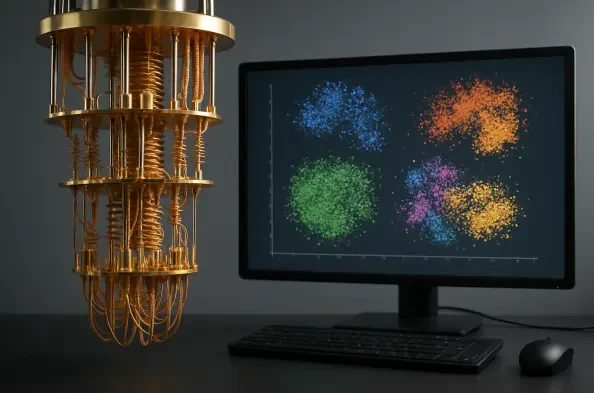In a world where data security and scientific discovery increasingly depend on the smallest fractions of time, a groundbreaking experiment at CERN, the European Organization for Nuclear Research, is capturing global attention with its innovative approach. This initiative explores the fusion of high-precision timing technology with the mysterious realm of quantum physics, aiming to revolutionize how secure communication and quantum networks operate. By leveraging an innovative system developed in-house, known as White Rabbit, researchers are pushing the boundaries of synchronization to enable feats previously thought impossible. This technology, originally crafted to align devices in CERN’s massive accelerators with unparalleled accuracy, now stands at the forefront of quantum communication research. The implications of this work stretch far beyond the laboratory, potentially reshaping the landscape of data encryption and fundamental science.
Advancing Synchronization for Quantum Networks
Exploring Timing Precision in Quantum Contexts
At the heart of this experiment lies the challenge of achieving sub-nanosecond timing accuracy in quantum systems, a feat that White Rabbit technology is uniquely positioned to address. Known for its picosecond precision, this open-source timing system is being tested in a specialized CERN laboratory under the Quantum Technology Initiative (QTI). The goal is to transmit a timing signal alongside quantum signals from entangled photon pairs through a single optical fiber. Such integration is no small task, as quantum information is notoriously delicate, prone to disruption by even the slightest interference. This test marks a significant milestone as the first local trial of its kind at CERN, reflecting a meticulous effort to ensure that timing signals do not compromise the integrity of quantum data. The potential to synchronize distributed quantum networks could enable seamless connectivity between quantum computers and sensors, paving the way for applications that classical systems cannot match.
Implications for Secure Data Exchange
Beyond the technical intricacies, the broader significance of this research lies in its capacity to bolster secure communication through quantum key distribution (QKD). This method relies on the unique properties of quantum bits, or qubits, such as superposition and entanglement, to generate encryption keys that are virtually unbreakable. White Rabbit’s ability to maintain precise synchronization is critical for QKD, ensuring that entangled photon pairs are distributed effectively across networks. If successful, this technology could become a cornerstone of future quantum infrastructures, offering a robust framework for data security in an era of escalating cyber threats. Additionally, the open-source nature of White Rabbit makes it an accessible solution for widespread adoption, distinguishing it from proprietary timing systems. This accessibility could accelerate the development of global quantum networks, fostering collaboration among researchers and industries alike.
Bridging Fundamental Science and Practical Innovation
Testing the Boundaries of Physics
Another dimension of this experiment at CERN delves into the fundamental principles of physics, using quantum networks to probe concepts like Bell inequalities and the nature of spacetime. The precision offered by White Rabbit technology enables researchers to conduct experiments that test the very fabric of reality, leveraging the peculiarities of entanglement to challenge classical understandings. In this context, synchronized quantum systems act as a testing ground for theories that could redefine scientific paradigms. Collaborations with external partners have enriched this endeavor, incorporating advanced tools such as a source of entangled photons and superconducting nanowire single-photon detectors. These contributions highlight the global scope of quantum research, with CERN playing a pivotal role in uniting expertise to push theoretical boundaries. The outcomes of these tests could yield insights that extend far beyond technology, influencing how humanity comprehends the universe.
Building a Standard for Future Quantum Systems
Looking ahead, the successful integration of White Rabbit technology with quantum signals could establish it as a standard for future quantum communication frameworks. The emphasis on open-source principles ensures that this system can be adapted and scaled by diverse entities, from academic institutions to commercial enterprises. This experiment represents a critical step toward creating robust, distributed quantum networks capable of supporting both scientific exploration and practical applications like secure data transmission. The collaborative spirit seen in this project, involving multiple stakeholders, underscores the importance of collective effort in tackling the complexities of quantum synchronization. As these networks evolve, the precision and reliability of timing systems will remain paramount, positioning White Rabbit as a potential linchpin in the quantum era. Reflecting on the strides made, this initiative at CERN proves to be a defining moment in merging high-precision timing with quantum innovation, setting a precedent for what is to come in the field.






